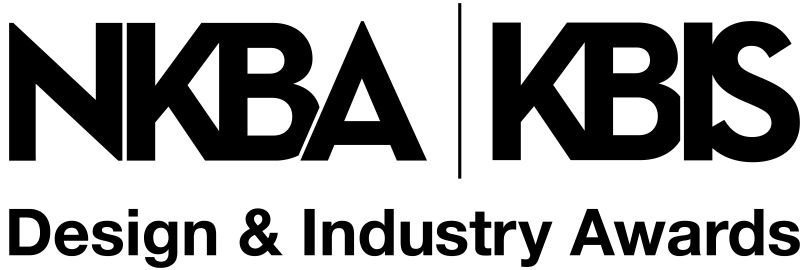Lighting is more than just a functional necessity in the home; it profoundly impacts health, safety and overall wellness. With an emphasis on dimmable and circadian lighting, an impactful kitchen and bath lighting plan can be optimized to support various activities and promote a healthier lifestyle. Whether creating a vibrant atmosphere for a party, preparing a meal or applying makeup, a customized lighting plan can enhance the overall experience and improve tasks safely and beautifully.
Designing a Dynamic Kitchen and Bath Lighting Plan
The most important layer is ambient lighting, which sets the baseline. Think of it as the minimum amount of light needed to function. In kitchens and bathrooms, ambient light uniformity is key. It should be even, unobtrusive and not create shadows or glare. Ideally, we want to have as much natural lighting as possible for ambient lighting, but if needed, you can get some help from the workhorse of lighting: the downlight.
Downlights arranged in a grid-like pattern are ideal for delivering uniform ambient lighting. High-quality architectural downlights can be small and are usually designed to be as invisible as possible. Focus on the areas with the highest use. Anything with a brightness of about 30 to 40 foot candles – which are determined by ceiling height and the amount of light being produced by the fixture – works well, with more lights conducive to more uniformity throughout the space. Smaller apertures are ideal, and 1- to 3-inch recessed downlights are best.
Ideally, layers of light are used to create an effective lighting plan. Task lighting is layered on ambient lighting to achieve the visual goals of the users of the space. In the kitchen, higher-intensity lighting is imperative over cooking and cutting areas, islands and washing stations. Make sure you’re working with an experienced installer to ensure correct placement.
High light levels are also essential in the bathroom for grooming tasks like applying makeup and shaving. It is usually best to install recessed lighting for optimal performance in this high-humidity environment and to ensure light is also where your clients need it in the shower and tub.
Front and side lighting is required for the vanity to provide shadowless illumination. This can be achieved with wall-mounted sconces and/or illuminated mirrors to cast vertical light on the face. Avoid placing light directly above the mirror, as it can cast unflattering shadows.
Lighting for Productivity & Safety
In addition to including a mix of light sources, choosing the right high-performance lighting improves the experience, especially in rooms where activities vary from morning to night. High-performance tunable white light programmed for circadian lighting enhances alertness and productivity within those spaces.
Dynamic white light provides more color temperature options, allowing the user to choose cooler temperatures during the day (3500K-4000K) and warmer light in the evenings (2200K-3000K). During the day, focused illumination with cooler color temperatures similar to daylight is ideal for keeping one alert while carrying out tasks that require precision, like chopping, meal prep and cleaning surfaces. Bright white light enhances visual acuity, ensuring safety and accuracy while handling sharp objects or hot surfaces.
In general, exceptional lighting with good color rendering helps with visual appraisals of food freshness and “doneness” when cooking. A color rendering index of 80+ is considered standard and the minimum that should be required for residential spaces; more than 80 will make everything look its best. Use higher CRI products (90+) to bring out the true color quality and vibrancy of vegetables, fruits and meats.
At night, dimmable task lighting, such as undercabinet lights or adjustable recessed fixtures, can help with safe wayfinding. Because of the size and focus of these fixtures, there is very little spillover with the ambient lighting despite their brightness.
Versatile Dimmable Lighting for Enhanced Well-Being
Circadian lighting mimics the natural changes in daylight throughout the day, influencing our biological rhythms. Utilize this technology to create a lighting scheme that supports rest and relaxation after a day full of productivity. As evening approaches, warmer color temperatures (2200K-3000K) create a cozy atmosphere conducive to relaxation and winding down. Dimmable lighting allows for gradual transitions and supports a smooth shift from daytime to nighttime activities.
By considering these factors and incorporating advanced lighting technologies when developing a lighting design plan, your projects will meet functional needs and contribute to your clients’ overall health, safety and well-being.
By Bonnie Littman, CEO of USAI Lighting








